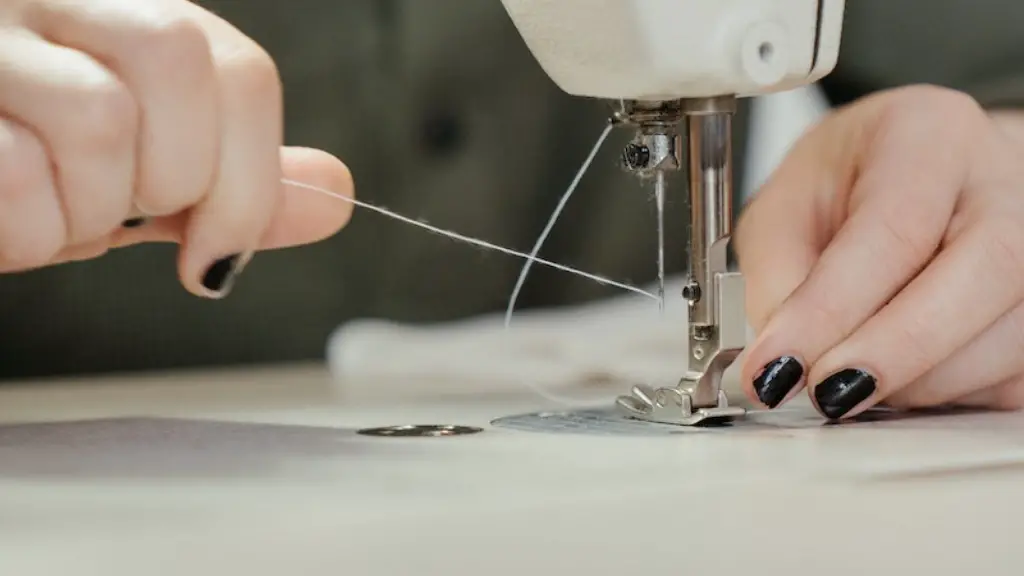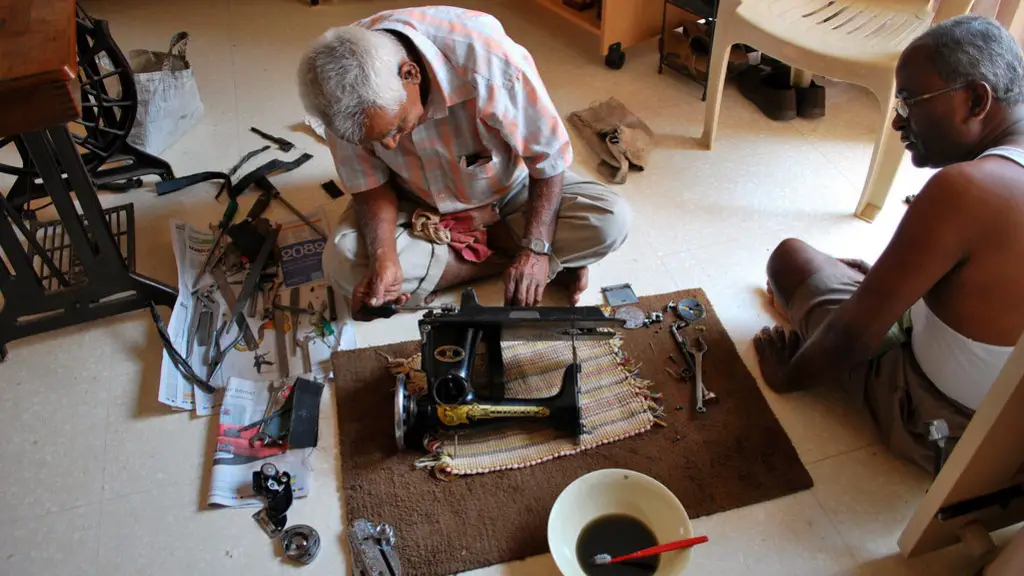Hemming a skirt is not only a great way to make it fit better, but also a great way to add a personal touch to any outfit. If you own a sewing machine, the task of hemming a skirt can be quite straightforward, but there are some tips that can be useful when hemming with a machine. Here’s how you can do it.
Gather all materials
The process of hemming a skirt with a sewing machine begins with gathering all the necessary materials. You will need scissors, sewing pins, a tape measure and of course, thread and the fabric of the skirt. Once you have everything that you need, the task will be much easier.
Determine the length
Before you can begin the process, you will have to determine the length of the skirt you need. The best way to do this is by using a tape measure and measuring from your waist down to the desired length of the hem. Once you have this measurement, you can mark the length you need on the fabric with a pin.
Cut excess fabric
Now it’s time to trim the excess fabric. Take your scissors and use the pin that you placed as a guide to trim off any excess fabric. Be sure to be precise and cut on a straight line, as it will make all the difference in the end. Don’t rush this part, as it requires patience and accuracy.
Fold and press
Once you have trimmed the fabric, it’s time to fold it up. Take the bottom edge of the skirt and fold it up until it meets the length you marked with the pin. Once you have fold, you can press it down with an iron. Don’t forget to use a pressing cloth when doing so, as this will help you protect the fabric.
Stitch the hem
Now it’s time to start stitching the hem. Take your sewing machine and set it up according to the instructions of the manufacturer. Once it is ready, you can start stitching the hem. Make sure you use a small stitch and that you stay as close to the edge of the fabric as possible.
Secure the hem
When you are finished stitching the hem, you will have to secure it to make sure that it doesn’t come undone. Using a few stitches, you can sew the hem around the edge of the skirt and make sure it is secure. Once you have done this, you can cut the excess thread and your hemming is complete.
Consider fabrics
Before you begin hemming a skirt, you should take into consideration the fabric of the skirt. Different fabrics require different kinds of hemming, so it’s important to make sure you know what type of fabric you are working with. You should also pay attention to the thickness of the fabric, as this will affect the kind of hem you should use.
Try different techniques
If you are an advanced sewer, or just looking to try different techniques, you can experiment with different hemming styles. You can use a serger to create a professional look, or use an overlock stitch to give the hem a decorative touch. There are many ways to hem a skirt, so don’t be afraid to experiment and have fun!
Invest in quality materials
When hemming a skirt with a sewing machine, it is important to invest in quality materials. Investing in good thread and fabrics will ensure that the hem will last and not unravel over time. It will also make the hem look better and more professional.
Practice
As with any other sewing project, it’s important to practice when learning how to hem a skirt with a sewing machine. Take your time and practice on some scrap fabric until you are confident that you know how to do it properly. Practicing will also help you get familiar with your sewing machine and understand how different fabrics behave.
Choose the best thread
When hemming a skirt, you should always choose a thread that is the same color as the fabric or a slightly darker color. Using thread that is too light or too dark can ruin the look of the hem and make it look sloppy. Pay attention to the color and texture of the thread and make sure it is a good match for the fabric.
Remember the basics
Finally, it’s important to remember the basic principles of sewing when hemming a skirt. Ensure that you use the proper thread tension and that all the stitches are perfectly straight. Also, make sure your presser foot is level and even when stitching the hem. These small details can make all the difference in the final product.



